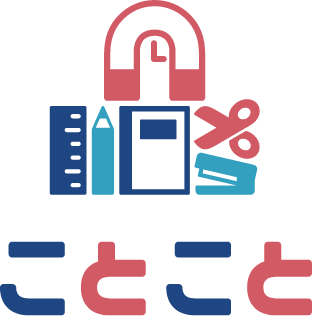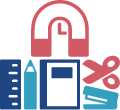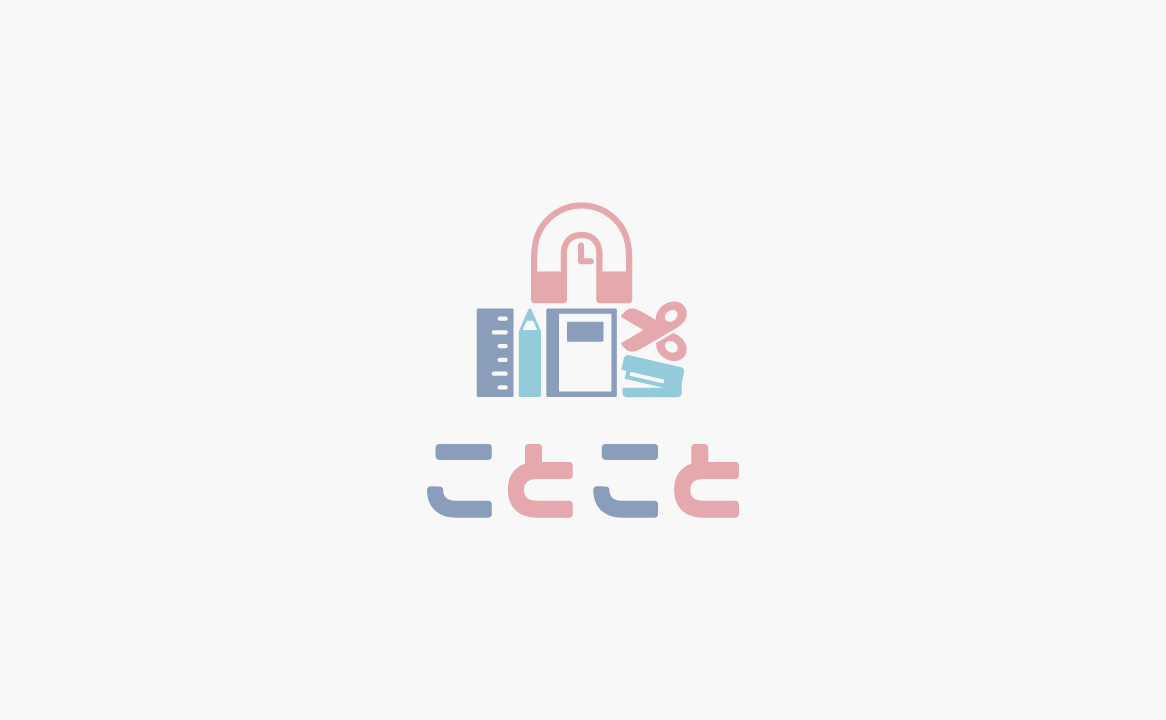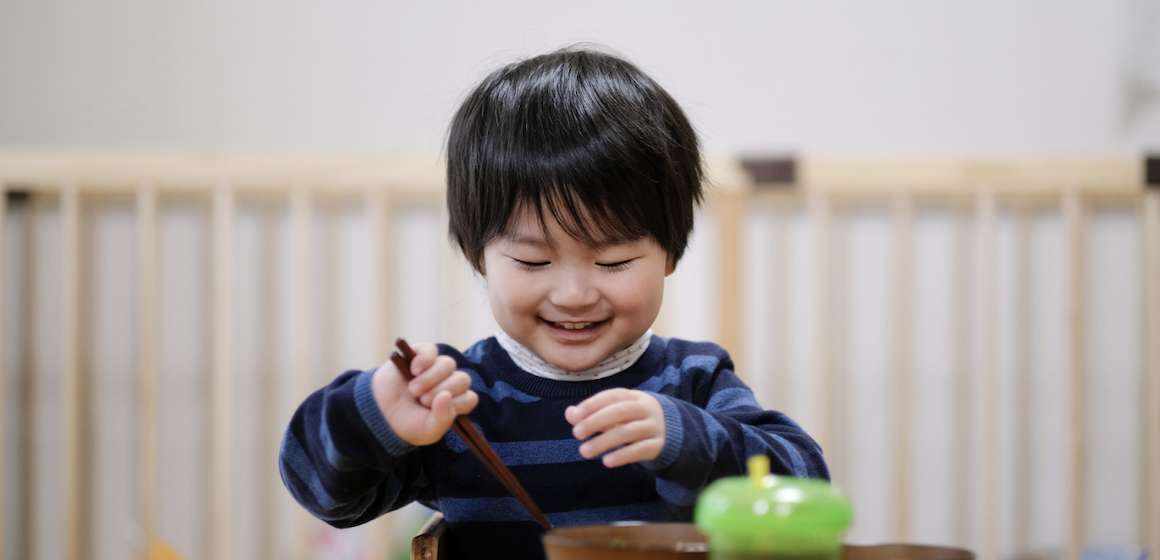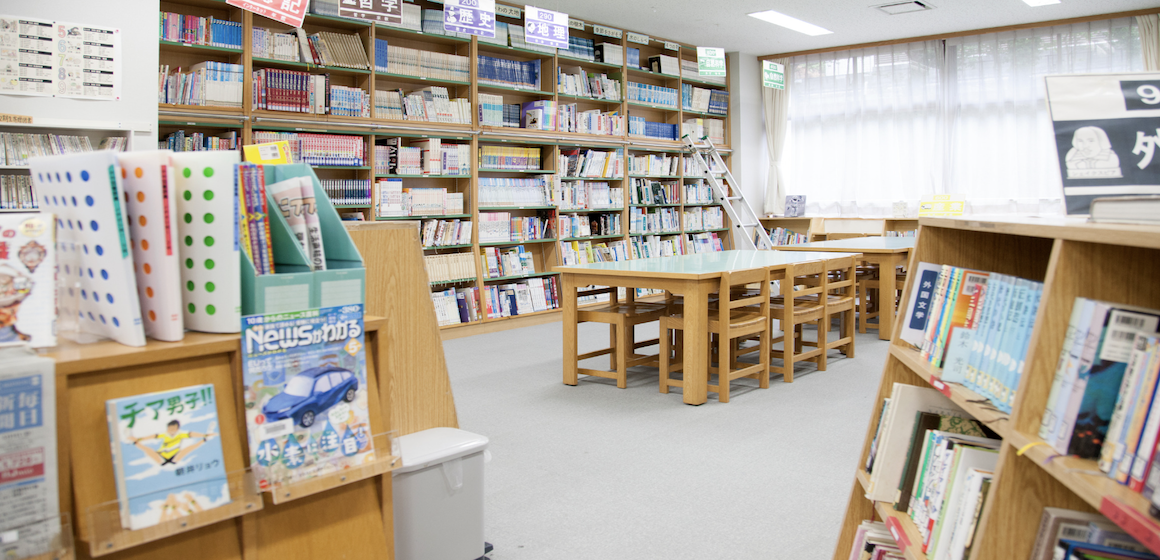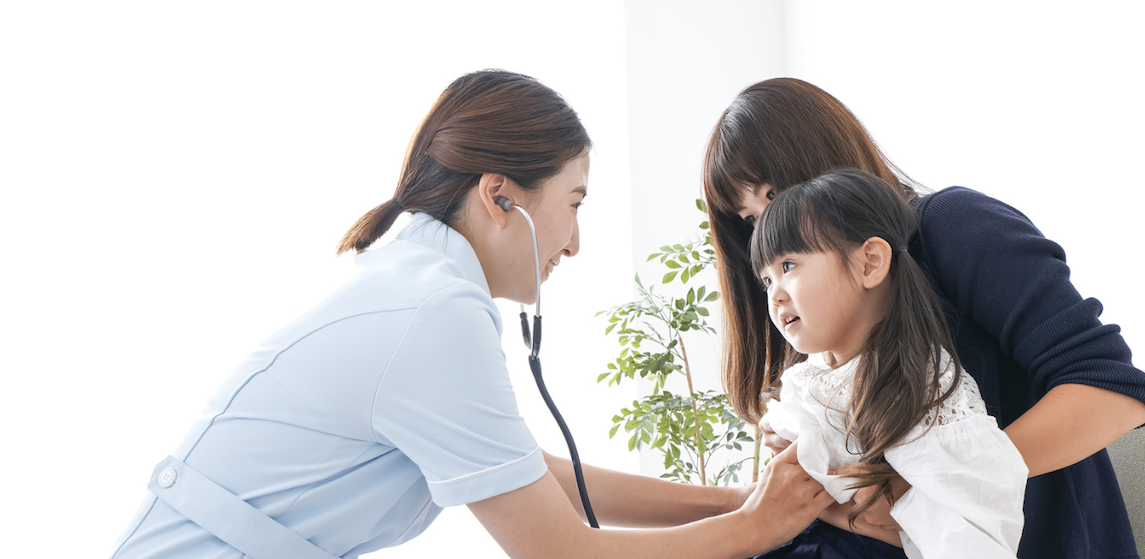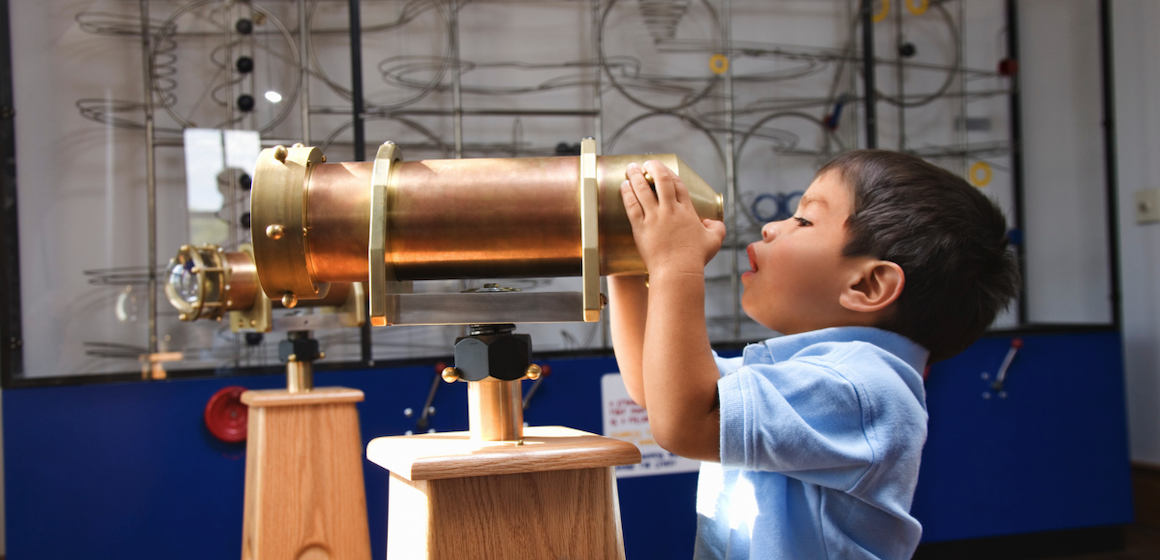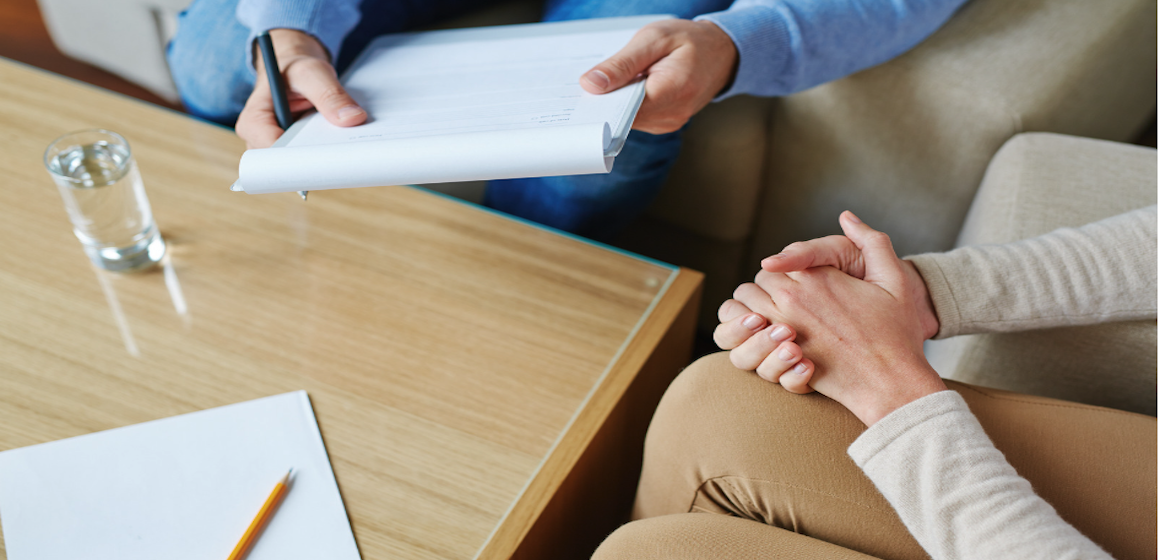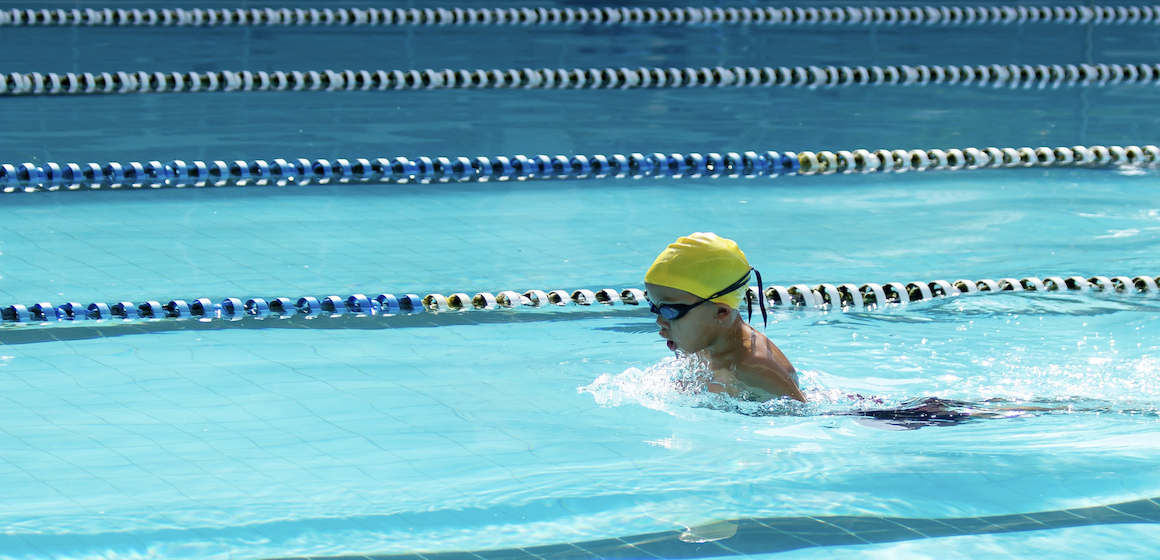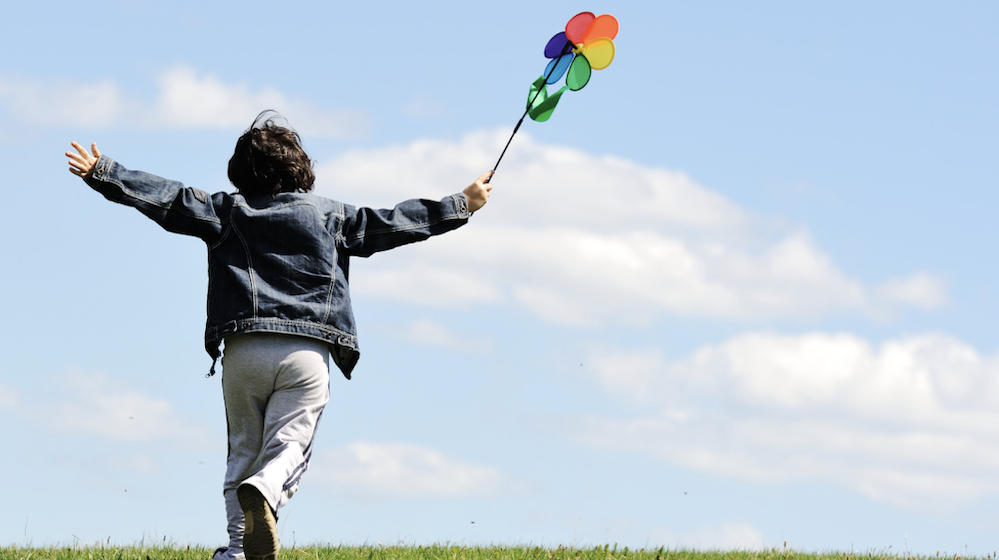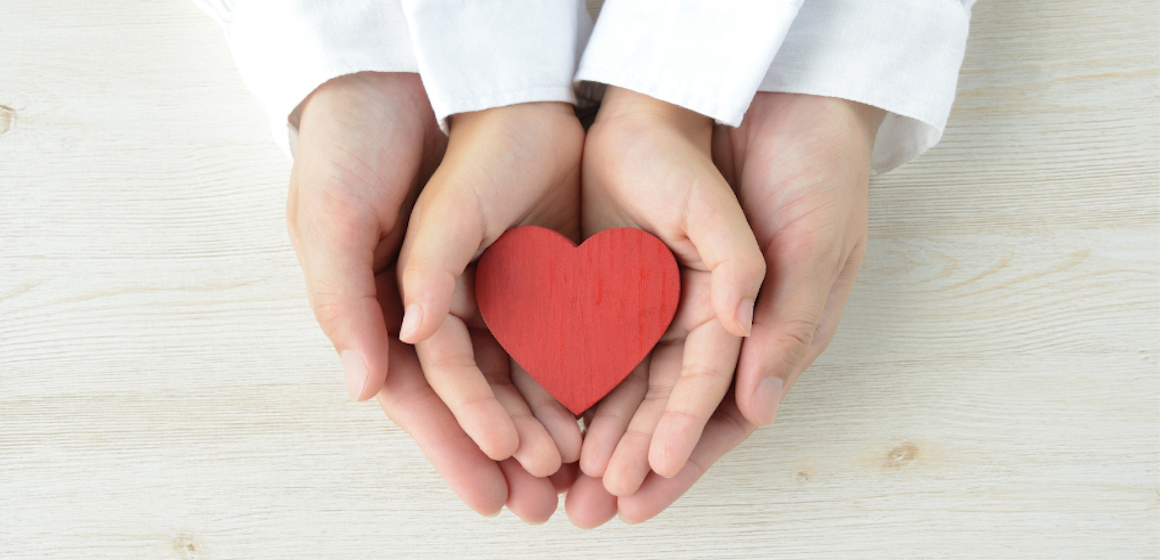june
-
In preparation
-
Children’s cafeteria, (“kodomo-shokudou” in Japanese), are places that children can visit on their own to eat. Their meals are provided for free or at a low price.
What Are Kodomo-Shokudou Like?
Kodomo-shokudou are led by local volunteers and/or local governments and provide free or inexpensive meals to children in the community. Children can use this service on their own. The purpose of kodomo-shokudou is to help all children to get enough nutrition through their meals, as well as to provide a place where they can be supported by their community instead of staying home alone. In some communities, kodomo-shokudou also provide services that support families with foreign roots, including Japanese language classes.
Who Can Use Kodomo-Shokudou?
Kodomo-shokudou are available to children living in the community and their guardians. Some kodomo-shokudou may have different fees for children and adults. There are also some communities that offer the services for adults living in the community even if they have no children.
Where Are Kodomo-Shokudou Located?
Kodomo-shokudou are located in many different locations. Check your local government’s website to find the information. There is also a website where you can search for a kodomo-shokudou in your area:
Gaccom x Musubie Kodomo-Shokudou MAP
Kodomo-shokudou are also places where children can get to know people in their community. It may be a good idea to try using the service with your children if there is one in the community where you live.
-
"Kotokoto", the information support service for families with foreign roots, now has accounts on Facebook, Twitter and Instagram. Follow us:
-
Libraries are places where a lot of resources are kept, including books, newspapers, magazines, CD’s and DVD’s. Most areas in Japan have a library that anyone can use for free. You can do research with the resources you find. There are many events held at the library, such as story time for children, and study sessions for adults.
How Do You Use The Library?
Public libraries can be used by anyone, and most resources can be checked out. However, the ability to check out books is limited to those who live, go to school, or work in that area. To be able to check out books, you need a library card, which you can get at the front desk. Some form of identification that shows your address will be required to apply for a library card.
When Is the Library Open?
In most cases, public libraries are open 10:00 – 18:00, Tuesday through Sunday. You might be able to return the book you checked out by dropping it off at the dedicated return window, even if the library is closed. Check with the library to see if such a system exists. Libraries are closed on Mondays and New Year’s holidays.
How Can You Find the Book You Want to Read?
If there is a book you would like to read, you can search for it on the library’s website or by using the dedicated device in the library. You can also put a book on hold online. In addition, some libraries give book recommendations according to the season and theme.
Libraries also have children’s books and picture-story materials available. It may be fun to visit a library with your child.
-
In Japan, some children’s medical expenses are refundable. If your child does not have the “medical certificate issued under children’s medical expenses subsidy system, maru-nyu, maru-ko, or maru-a-o”, apply for it before claiming a refund.
Reimbursement can be claimed when your child goes to see a doctor outside the area where you live, or when you pay the co-payment for health insurance treatment without presenting your child’s medical certificate. Whether standard meal cost for hospitalization is eligible for a refund or not varies by local government.
Examples of Medical Expenses That Can Be Refunded (Claimed for Refund)
1. If you visit a medical institution outside Tokyo, and pay the co-payment for health insurance treatment
2. If you visit a medical institution that does not handle medical certificates, and pay the co-payment for health insurance treatment
3. If you visit a doctor without a medical certificate, and pay the co-payment for health insurance treatment
4. If your child’s registration for National Health Insurance/National Health Insurance Association is outside Tokyo, and you pay the co-payment for health insurance treatment
5. If you visit a doctor without your child’s health insurance card, and there is coverage from the health insurance
6. If you purchase an assistive device (glasses for pediatric amblyopia, corset, insoles/sole braces, etc.), and there is coverage from the health insurance
7. If you receive treatment abroad, and there is coverage from the health insurance
Eligible medical expenses are the co-payment amount for health insurance treatment. Medical treatment not covered by health insurance (free medical treatment) is not subsidized.
Examples of Non-eligible Medical Expenses
Some medical expenses are not covered by the subsidy.
-Expenses for dietary treatment for inpatients (for maru-nyu)
-Expenses not covered by health insurance
(vaccination, health check, extra bed charge, medicine container fee, first visit fee for large hospitals without a referral letter from another medical institution, etc.)
-Expenses for treatment covered by Japan Sport Council Injury and Accident Mutual Aid Benefit System
-High-cost medical expenses and additional benefits, paid by health insurance
-Medical expenses in case of injury due to the actions of a third party, such as a traffic accident
-Medical expenses applicable to the other publicly-funded subsidies
What You Need for Your Application
When applying for medical expense subsidies, you will need the following materials:
-Child medical subsidy payment application form
-Receipt (original)
* with patient’s name, insurance score, date of medical treatment, medical institution name, receipt amount (if these items are not listed, have it filled out at the medical institution where you had a medical examination). You can also apply with a copy of the receipt, only if the original was submitted for health insurance procedures.
-Copy of identity verification documents with a photo of the guardian listed on the medical certificate (driver’s license, my number card, etc.)
-Copy of child health insurance card
* when applying for the first time or when there are changes from previous applications.
-Copy of passbook or cash card of your banking facility
* when applying for the first time or when there are changes from previous applications.
** parent’s name listed on the medical certificate. Payment will not be made to an account other than the parent’s account listed on the medical certificate.
-Payment decision notice from health insurance (only those who are applicable to item 5, 6 or 7 above. Original required if applicable)
-Copy of credit limit certificate (if applicable)
-Copy of recipient certificate for pediatric chronic specified disease medical expenses subsidy/monthly management slip (if applicable)
There may be other items required if you fall under 5, 6 or 7 of “Example of Medical Expenses That Can Be Refunded (Claimed for Refund)”. Check with your local government office.
High-cost medical expenses payment decision notice is only required for those who are members of the National Health Insurance or National Health Insurance Association, and have a receipt corresponding to high-cost medical expenses. High-cost medical expenses complies with regulations when medical expenses for National Health Insurance benefits become high (High-cost medical care benefit payment decision notification is not required, if you are a member of a social insurance/mutual aid association)
A qualified recipient can make a refund claim for multiple receipts, which may include receipts from different medical facilities or receipts for different months.
Note that claims for more than one child need to be made separately. Claim deadline is 5 years from the day after the day of medical payment.
Claim Application Location and Refund Money Transfer
Applications should be made at the local government office in the area where you live. If there are no defects in the application, the refund will be made to the designated account. Although the procedure may seem time consuming, be sure to apply if you are eligible.
-
There are many art galleries, museums and libraries run by Japanese local governments. These places can help enrich children’s spirits, and we recommend that you take advantage of them.
What are the Art Galleries and Museums Like?
The art galleries are places where various types of artwork, such as paintings and sculptures, are exhibited. At the museums, you will see many types of items related to history, culture, nature and industries of the region that have been collected for exhibition. There are different types of art galleries and museums, including galleries that display artwork created by an artist with some connection to the region, and museums with exhibits related to the nature and industries specific to the region. Some places offer workshops and study sessions in addition to exhibits. Check their website for information. An entrance fee is usually required to visit any art galleries and museums.
What are the Libraries Like?
At the libraries, you can find various types of informational materials, such as books, magazines, DVD’s, and CD’s. Children’s books and picture books are also available. You can also check out these materials by following necessary procedure. Some libraries offer story time for children. The public libraries are usually free of charge.
Use the Facilities in Your Region
Places like art galleries, museums and libraries stimulate children’s intellectual curiosity. Visiting these places is also an opportunity for children to get to know the area they live in. Consider visiting the facilities in your area with your children.
Chiyoda-ku Museums and art Galleries Library
Chuou-ku Museums and art Galleries Library
Minato-ku Museums and art Galleries Library
Shinjyuku-ku Museums and art Galleries Library
Bunkyo-ku Museums and art Galleries Library
Taito-ku Museums and art Galleries Library
Sumida-ku Museums and art Galleries Library
Koutou-ku Museums and art Galleries Library
Shinagawa-ku Museums and art Galleries Library
Meguro-ku Museums and art Galleries Library
Ota-ku Museums and art Galleries Library
Setagaya-ku Museums and art Galleries Library
Shibuya-ku Museums and art Galleries Library
Nakano-ku Museums and art Galleries Library
Suginami-ku Museums and art Galleries Library
Toshima-ku Museums and art Galleries Library
Kita-ku Museums and art Galleries Library
Arakawa-ku Museums and art Galleries Library
Itabashi-ku Museums and art Galleries Library
Nerima-ku Museums and art Galleries Library
Adachi-ku Museums and art Galleries Library
Katsushika-ku Museums and art Galleries Library
Edogawa-ku Museums and art Galleries Library
Hachiouji-shi Museums and art Galleries Library
Tachikawa-shi Museums and art Galleries Library
Musahino-shi Museums and art Galleries Library
Mitaka-shi Museums and art Galleries Library
Oume-shi Museums and art Galleries Library
Fucyu-shi Museums and art Galleries Library
Akishima-shi Museums and art Galleries Library
Chofu-shi Museums and art Galleries Library
Machida-shi Museums and art Galleries Library
Koganei-shi Museums and art Galleries Library
Kodaira-shi Museums and art Galleries Library
Hino-shi Museums and art Galleries Library
Higashimurayama-shi Museums and art Galleries Library
Kokubunji-shi Museums and art Galleries Library
Kunitachi-shi Museums and art Galleries Library
Fussa-shi Museums and art Galleries Library
Komae-shi Museums and art Galleries Library
Higashiyamamto-shi Museums and art Galleries Library
Kiyose-shi Museums and art Galleries Library
Higashikurume-shi Museums and art Galleries Library
Musashimurayama-shi Museums and art Galleries Library
Tama-shi Museums and art Galleries Library
Inagi-shi Museums and art Galleries Library
Hamura-shi Museums and art Galleries Library
Akiruno-shi Museums and art Galleries Library
Nishitokyo-shi Museums and art Galleries Library
Mizuho-machi Museums and art Galleries Library
Hinode-machi Museums and art Galleries Library
Hinohara-mura Museums and art Galleries Library
Okutama-machi Museums and art Galleries Library
Oshima-machi Museums and art Galleries Library
Toshima-mura Museums and art Galleries Library
Niijima-mura Museums and art Galleries Library
Kouzushima-mura Museums and art Galleries Library
Miyake-mura Museums and art Galleries Library
Mikurajima-mura Museums and art Galleries Library
Hachijyo-machi Museums and art Galleries Library
Aogashima-mura Museums and art Galleries Library
Ogasawara-mura Museums and art Galleries Library1 Library2 -
Japanese schools have school counselors. School counselors are professionals that work with students and their parents to deal with any issues that they may be facing. People can talk to counselors about various issues relating to the student, such as their school life, relationships with their friends, and parenting.
Roles of School Counselors
School counselors are there to help improve students’ and their parents’ mental healthcare. Students and their parents can tell their school counselors about any situation surrounding the student, including refusing to go to school, bullying, mistreatment, and issues learning. The counselors are there to collect the information they need before they can offer advice and assistance to the student and their family.
How To Meet With the School Counselor
Seeing a counselor is different at each school. You may have a regular schedule for counseling sessions, or you may go to the counseling office only as needed. Check with your school office for information on how to see your counselor.
Do Not Hesitate to See the Counselor Even on Minor Issues
Problems surrounding children can sometimes be difficult to talk about. You may also feel that the issue is too small to matter. Yet, small things can sometimes help solve big problems. Feel free to talk to your school counselor if you have any concerns or anxieties.
-
Many Japanese elementary schools include swim lessons in their physical education class. Some schools use a pool at the school, while the others use a pool in their neighborhood. The purpose of swim lessons is to help children get used to water and learn to swim. What kind of preparation is needed for swim lessons?
Swim Lesson Season
While swim lesson season varies depending on where you live, many schools have it from mid June through September. Some warm areas may start earlier, in May. The schools that use indoor pools may also have different swim lesson seasons.
How Frequent Are The Lessons?
Many schools use two consecutive class periods for one swim lesson, and there are normally 4 or 5 lessons during a season. Swim lessons may be cancelled because of the weather or temperature.
Does Everyone Have To Participate In The Lesson?
Schools check whether or not your child intends to attend the swim lessons. Make sure to communicate to your child’s school any reason that your child cannot attend the swim lessons, including reasons considering their health or religious practices.
What Do You Need To Prepare For Swim Lessons?
Students need to bring their own swimwear, swim caps, goggles, and towels to take swim lessons. Some schools may have specific design requirements on swimwear or name tags. Make sure to read the handout from school when they check your child’s attendance for the swim lessons.
Make preparations ahead of time so that your child can take swim lessons safely and enjoy it. -
The term “Child Support” refers to the money paid by the noncustodial parent to the custodial parent for the purpose of a parental contribution to the expenses of raising their child/children including child’s educational cost, if parents are divorced. This money is necessary for their child’s financial and social independence. Parents have an obligation to support their dependent child/children even if they are divorced.
Actual State Of Child Support Payment
Unfortunately, in Japan, less than 50% of single parents with custody are receiving the child support money. The following are the common reasons for that; written agreement was not made at the time of divorce, contact with the other parent was lost, and it takes time to collect child support money. For these reasons, there are many single parent households that are suffering economic hardships.
Support From Local Governments
In recent years, local governments started efforts to help receive child support money. Those who are about to get divorced and those who are already divorced but have not made agreements for child support are eligible for this local government support. Eligible persons are able to ask the government office for advice on how to make agreements on child support payment, and to receive the financial aid to pay the cost of making arrangements or securing the child support money, including notarization cost, child support guarantee contract initial guarantee fee.
Support List
The local governments that are providing this support are listed below:The local governments that are providing this support are listed below:
-
Each Japanese local government has a consultation service available for single parents. Those who are going to get divorced and become single parents are eligible to receive this service in addition to those who are already single parents. Specialists called “single parent household consultants” are available to give you advice at the government’s consultation service counter.
Contents Of Consultation
You can talk about anything to the consultant at the consultation service counter, including your daily life, work, raising children and their education. Some governments provide support for child support payment. Do not hesitate to talk about anything that you feel concerned or anxious about, even if it may seem insignificant.
Various Way To Use The Consultation Service
Many local governments offer this consultation service by phone, email, and online, in addition to in-person consultation at the office. Some governments also offer home-visiting consultation services if you are having difficulty visiting the office because of your child’s age or any other circumstances. Consider using this service if you are not able to visit the office but would like to have an in-person consultation. Check with the government office in your area for availability.
Cost and Reservations for The Consultation Service
All local governments offer free consultation services. To make a reservation, look for the information regarding single parent support under parenting-related information on the government’s website. The reservations are usually available by phone or email.
Single parents sometimes have no one to talk to and struggle. Consider using this government service to take some weight off your shoulders.
